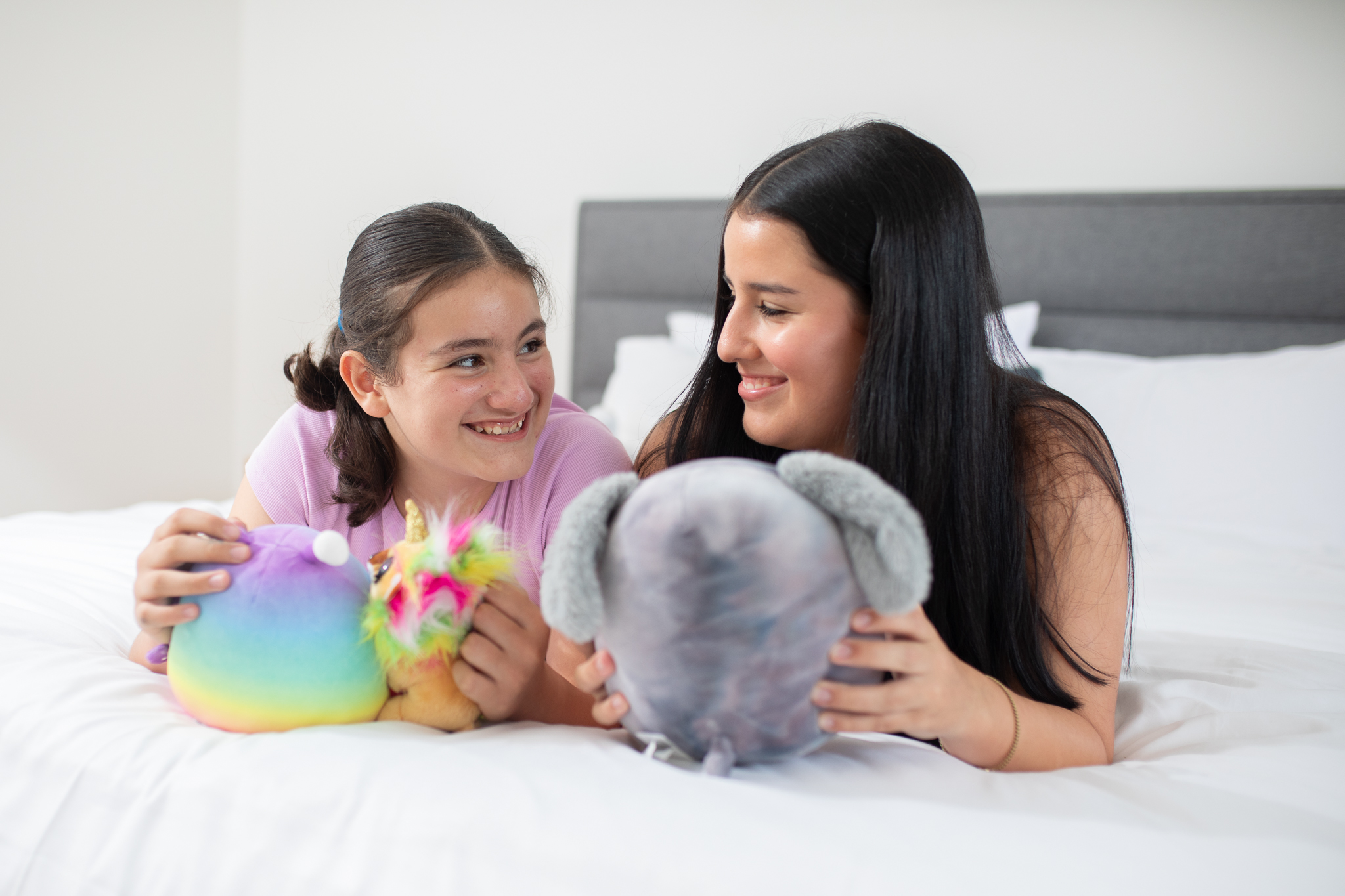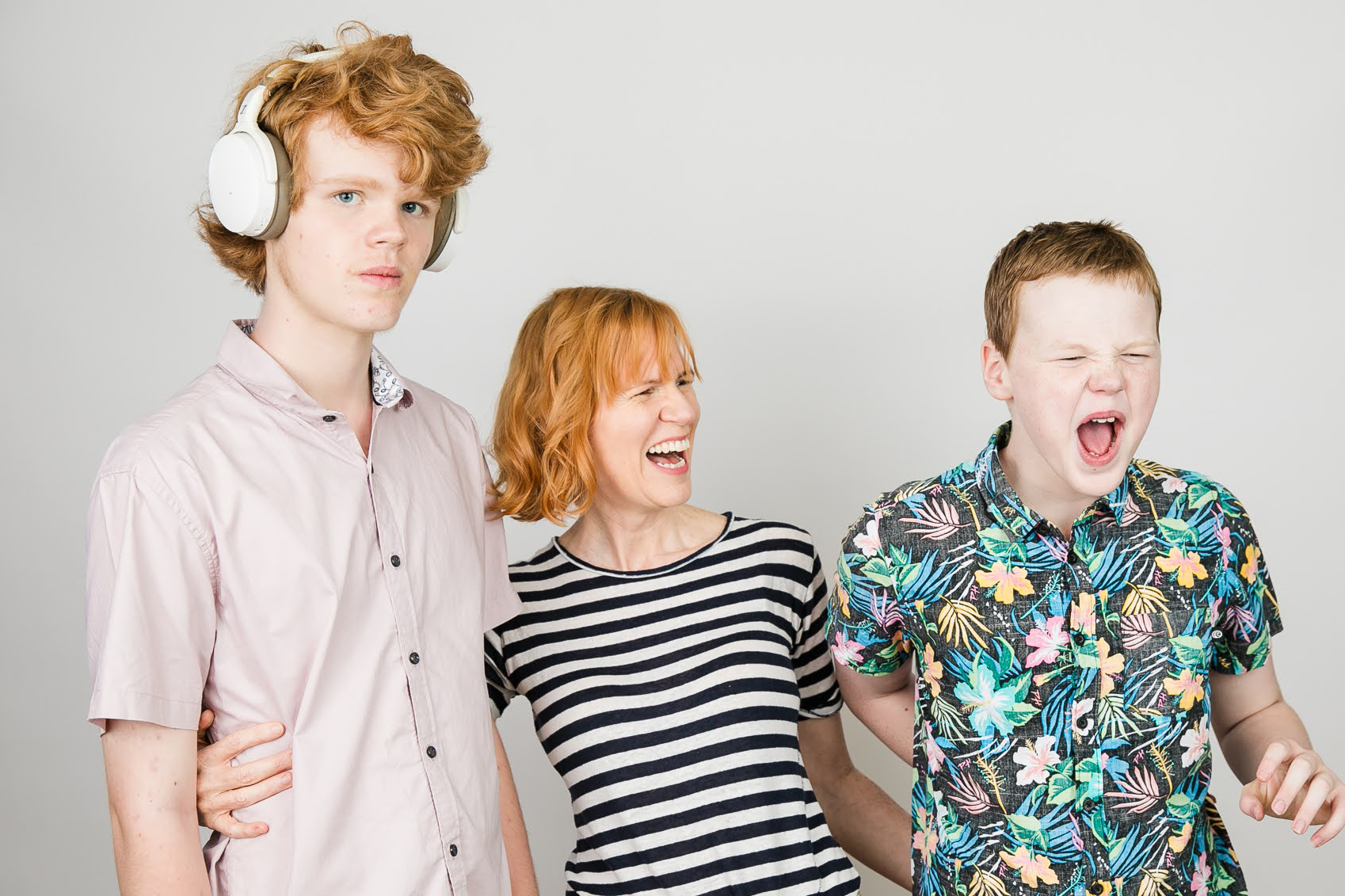inclusionED - supporting diverse learners in inclusive classrooms

In the average Australian classroom, at least three children have a learning difficulty or neurodevelopmental disability.
The support and scaffolding these children receive during school can set the trajectory for the rest of their lives, but many teachers don’t feel equipped to effectively support the learning of all students in their classrooms.
Last month, Autism CRC released a major new online professional learning community for educators called inclusionED. The platform was launched by the Hon. Dan Tehan MP, Minister for Education, via an online event on May 18th. The free platform has already attracted over 6,000 visitors and more than 1,000 educators, clinicians and parents have signed up to the learning community.
Co-designed with educators, for educators, inclusionED provides evidence-based and research-informed teaching practices, videos, printable templates and other resources, designed to support diverse learners in inclusive classrooms. Parents can also use the free tools to support children learning at home.
Many of the teaching practices on inclusionED are highly applicable to remote learning scenarios. The site can also support home-school communication and provides resources for work systems, visual schedules, task analysis as well as ways to support and motivate a child’s learning.
Prof Suzanne Carrington, School Years Program Director at Autism CRC and Associate Dean (Research) in the Faculty of Education at the Queensland University of Technology, said inclusionED will play an important role in the national approach to supporting diverse learners.
“inclusionED will be a hugely valuable resource for teachers across the nation, supporting them to make education inclusive for all learners, including those with learning difficulties or neurodevelopmental disabilities. I encourage Australia’s educators to get online and explore the site,” Prof Carrington said.
Trudy Bartlett, Senior Inclusion Coordinator at Marsden State High School, says inclusionED has “a wealth of resources” to help teachers pinpoint strategies to get the best out of all their students. Trudy, who is autistic herself and also has Attention Deficit Hyperactivity Disorder (ADHD), went to an all-girls school where the expectation was to “sit still, head down, do your work.”
Trudy’s classes look a lot different.
“When I was at school, I found it very challenging to get through,” Trudy said.
As a teacher, Trudy’s involvement in inclusionED has shown her the range of resources available, and importantly, “all the practical ways we can apply them within the classroom.”
“I think this will bridge that gap for a lot of mainstream teachers…who feel they are not well-equipped to work with diverse learners.”
“Kids in primary school and high school, some as young as four or five, they don’t know how to regulate their sensory needs or their emotions or even know how to explain to an adult what they actually need,” Trudy said.
In Trudy’s classroom, some students are allowed to stand up while others sit on gym balls; whatever is needed to meet their sensory needs.
“Sometimes it might be the lighting or I might have some music on, playing in the background, just so they can filter out some of that other extra stuff and really focus on the learning. They want to learn, but there’s all this other stuff going on in the background that’s a barrier to them engaging in that learning process. If their sensory needs are being met you will find you can engage with that child better”
The inclusionED practices and resources are underpinned by the outputs of 25 research and development projects carried out through Autism CRC’s School Years Program over the past six years.
Underpinned by the principles of Universal Design for Learning, inclusionED supports flexible approaches that can customised for individualised learning. The platform also facilitates a national community of practice, enabling social sharing and educator reviews on the experience of implementing specific teaching practices.
For parents looking to get their school or their child’s teachers involved, there’s a lot to attract them to inclusionED. Teachers joining the inclusionED community can share with, and learn from, other teachers. It’s free to access to all of inclusionED‘s teaching practices and resources, and by signing up to the community of practice, members can save notes and progress as they put the practices into action.
Importantly for busy teachers, inclusionED teaching practices align with the Australian Institute for Teaching and School Leadership’s (AITSL’s) High-Quality Professional Learning Cycle. When teachers complete an inclusionED practice, they can download a certificate of completion in recognition of their professional learning.
You can find inclusionED at inclusioned.edu.au or via the Autism CRC website at autismcrc.com.au. Autism CRC is established and supported under the Australian Government’s Cooperative Research Centre Program.
Written by Sally Vidler.






